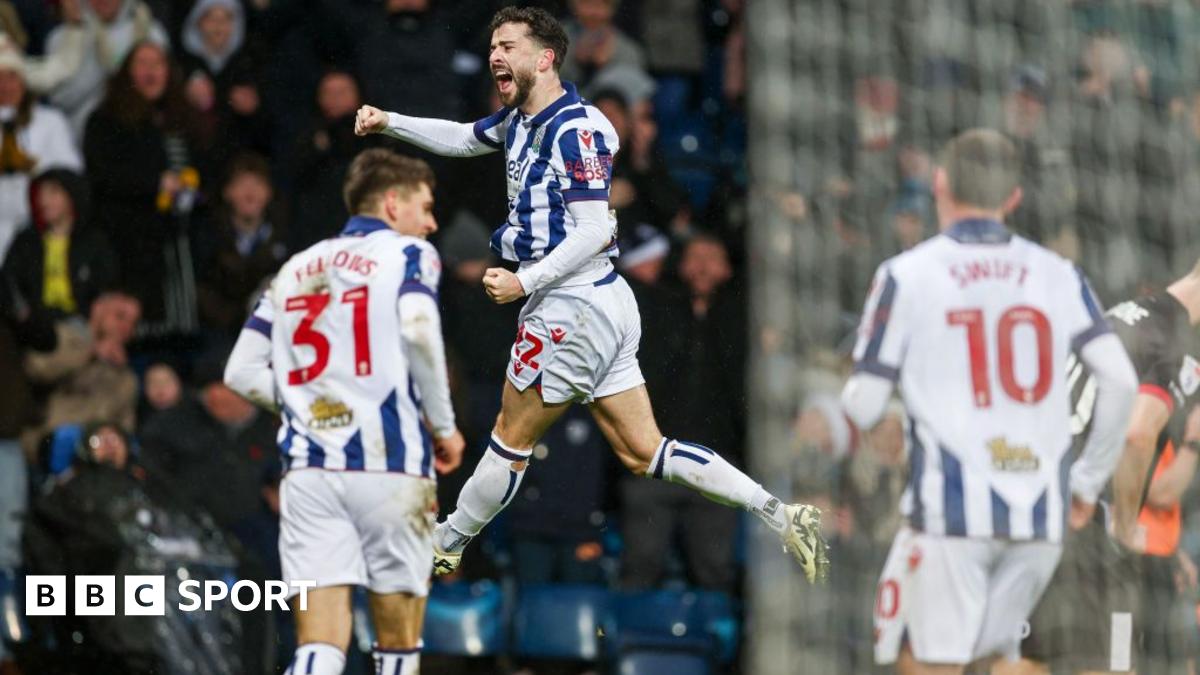Sports
Lecture Notes: Sports Geography

By Joe Linstroth
Sports are about competition, personal growth, and entertainment. Sports can also be about identity and belonging, forces for good and not-so-good, and economic might.
It’s this deeper end that Eric Carter, Edens Professor of Geography and Global Health, wanted to dive into with students when he created his new course, Sports Geography. Together, they examine sports culture as a reflection of a society, both what ails it and what makes it so special.
How do concepts in human geography intersect with sports?
We talk a lot about place identity. Often sports teams are what really hold communities together. If you think about small towns across the US, their high school football or basketball team is an institution that can bring people from the community together.
Nationalism is a related theme. International sporting events like the World Cup and the Olympics are where fans allow themselves to openly express their national pride. Why do people invest so much emotion into their national teams?
And then from a different angle, we can also think about sports as a major part of the economy that really influences the way that urban development happens, in particular around professional sports teams.
What is so powerful about sports in instilling a sense of individual and collective identity?
Everybody plays games or sports when they’re a kid. And so I think there’s a nostalgia factor that’s very strong. And then there is the history of teams within particular cities. The kind of lore that gets passed down from one generation to the next is an important anchor for people’s passions. For some people, an allegiance to a sports team can be almost as strong as a sense of national identity. And the third reason is the passion of the crowd. A stadium, an arena, or even a sports bar, is a permissive space that allows people to show a more uninhibited side of themselves, rooting for their teams together.
You spend some time in the course examining the connections between race, sports, and class in the US. What about these connections might surprise someone who doesn’t think so deeply about sports in America?
It might be surprising, but many people see sports as a vanguard for inclusiveness in society—for desegregation, for overcoming prejudices, and so on. This is a theme that’s come up a lot already. Journalist Dave Zirin ’96 visited class to talk about his book on Colin Kaepernick, and how Kaepernick’s protest of kneeling during the national anthem had a ripple effect, changing the national discussion about police brutality and violence against Black Americans in particular. A lot of my students have also pointed out that being on a team can often help to bring people together across divides of class and race, although that sense of unity doesn’t always translate off the field.
Having said all that, in some ways the sporting world continues to be really segregated. Take baseball, for example, where the number of US-born Black players has declined significantly over the last few decades. Part of that has to do with economic divisions tied to race, and how expensive it’s become to get kids involved in elite youth sports teams.
This strong connection to identity often translates into economic power. Take sports stadiums and their effects on urban development and the justifications for using public funds to build them. What are the best ways to measure whether they’re worth the investment?
There are two big ways to think about this topic. One is in terms of the quantifiable benefits that flow to a city from having a sports team. Think about a place like downtown Minneapolis, which has had its ups and downs over the last few decades, like many downtowns. Building Target Field for the Minnesota Twins, having that downtown stadium that provides pretty reliable crowds at least eighty days or nights out of the year, brings a lot of business to local bars and restaurants that might not be there otherwise. So there are these economic multiplier effects potentially from having these sports teams.
Then again, if you’re just doing a cost-benefit analysis based purely on the numbers, it still might not be worthwhile for taxpayers to subsidize stadiums. But there are these intangibles about what it means to be a major-league city, to feel like you live in a place that’s part of the action. Small-market teams have just as good a chance of winning the championship as teams in New York or Los Angeles, at least in theory, and that feeling of pride is very hard to quantify. I think that’s why most of the time team owners end up squeezing more out of cities than maybe a rational person might say is necessary.
What do you hope students take away from this course?
I want them to take away the benefits of looking closely or methodically at something like sports, to understand how you could take academic concepts and get more meaning out of the mundane, to see things that you might not have seen before.
Take, for example, controversies over sports mascots. On the one hand, few topics could be as trivial as a sports mascot. But at the same time, many team names and mascots have been very offensive to Native Americans, and it took years to overcome resistance to getting rid of those mascots or changing those names. A lot of that change started with the work of activists and academics who understood that sports are actually really meaningful in the culture, and to have these representations repeated over and over again creates a degrading image of Native Americans. So, social change can happen through sports.
Joe Linstroth is director of media relations at Macalester.









